Catalonia’s tourism sector looks forward to a bumper summer
From north to south and from east to west, visitor numbers are expected to match last year's record figures
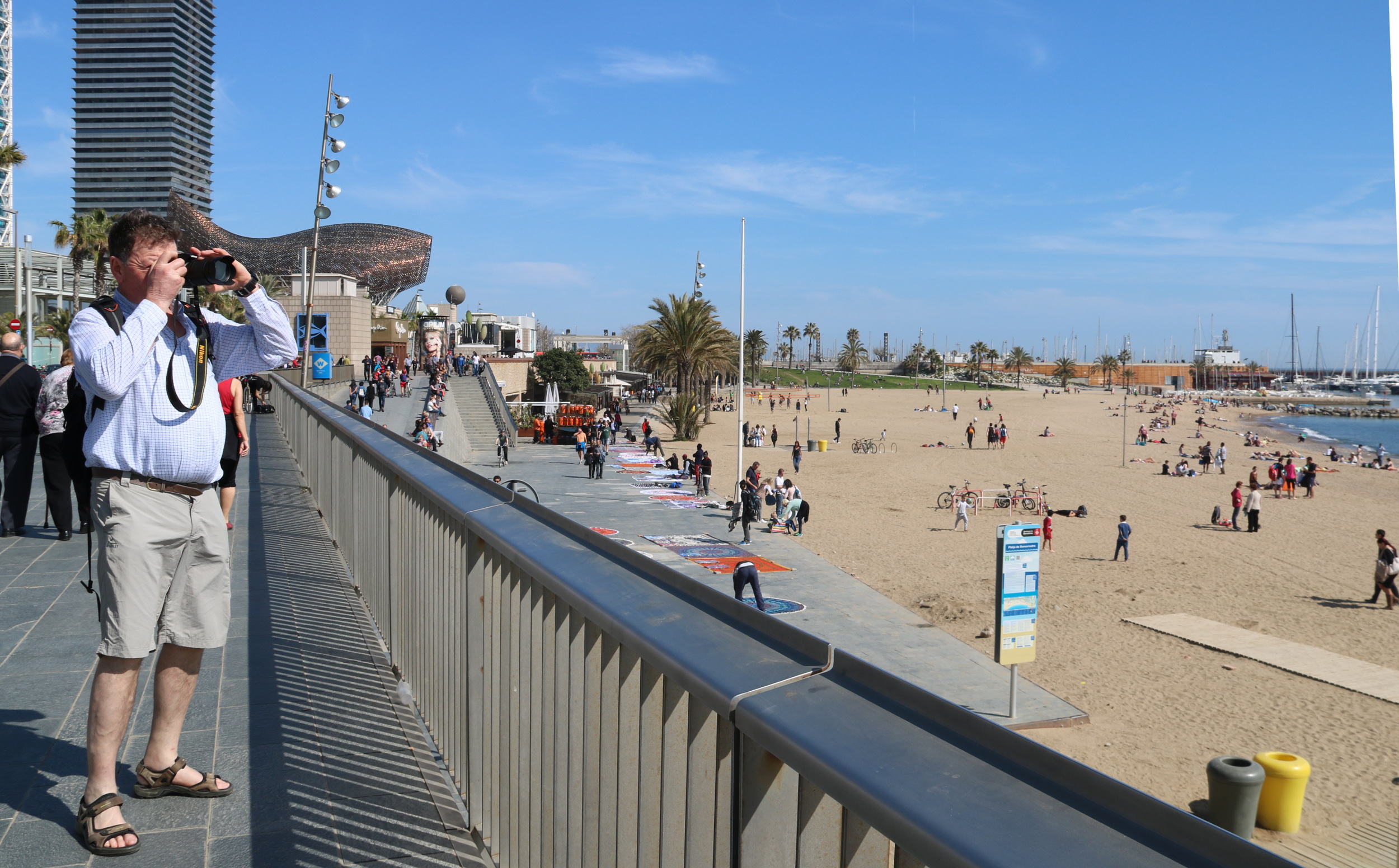
It looks as if it is going to be a good summer for Catalonia’s tourism sector. Forecasts suggest a repeat of last year’s record figures, with occupancy rates of between 70 and 90%. Establishments on the Barcelona coast expect “exceptional” occupancy rates, while in the Catalan capital tourist apartments are expected to be “just about full” until the end of August.
Other areas of the country are also looking forward to a bumper summer, with hotels and rural guesthouses in Central Catalonia hoping for occupancy rates of 70 to 95%. In the western region of Lleida, similar figures to last year are expected, when more than 600,000 tourists visited the area, leading to a record figure of almost two million overnight stays.
In the Girona region, in the north of the country, reservations so far suggest that the local tourism sector can expect a positive response similar to last year, although figures are still being compiled. Meanwhile, in the south, on Tarragona’s Costa Daurada, the occupancy figures are also expected to be similar to 2017, albeit without breaking any new records.
Barcelona
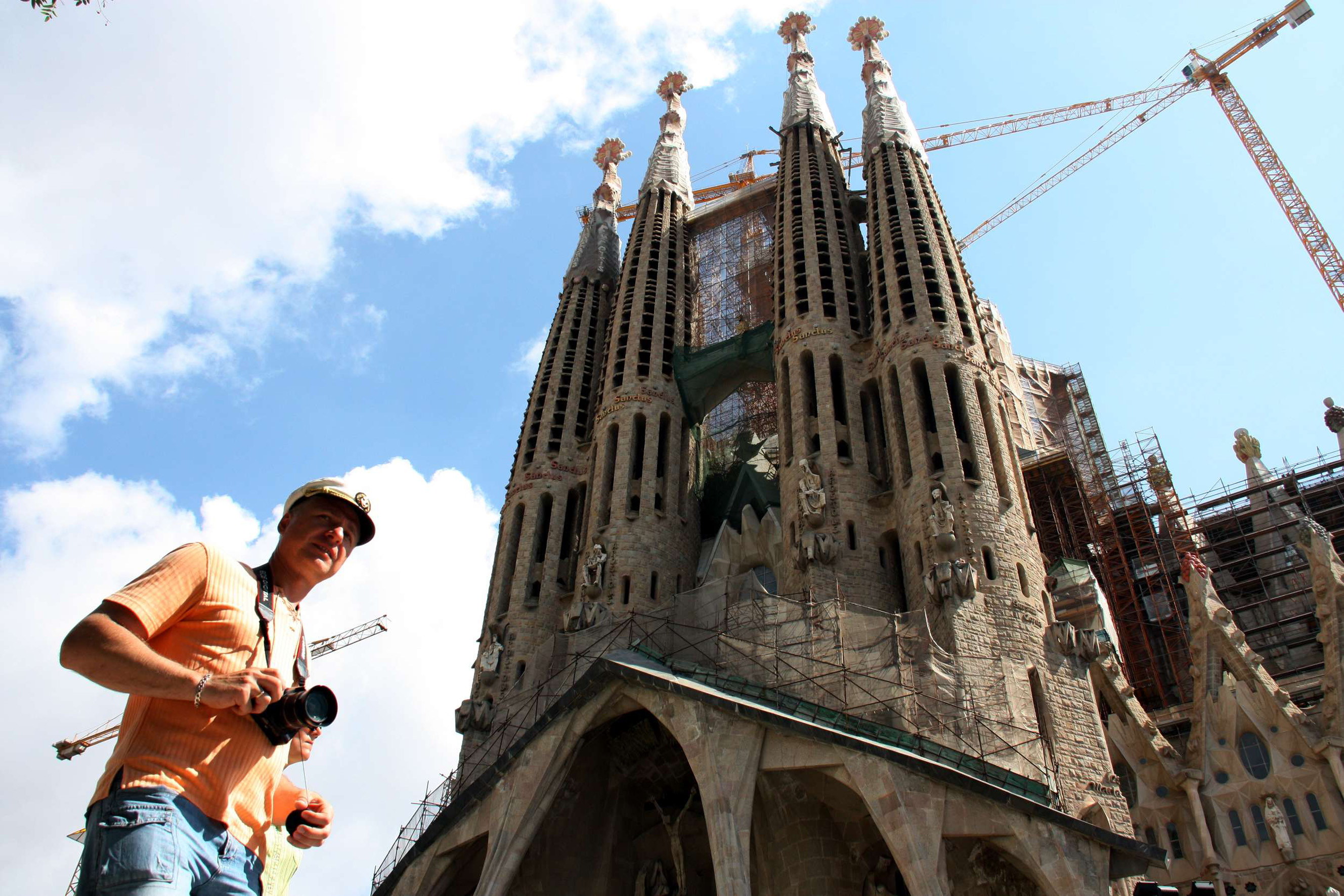
According to Apartur, the association representing Barcelona’s tourist apartment sector, summer will see a return to “normality” after a few “very bad” months of losses of between 10 and 15%, which it attributes to the political situation. Enrique Alcántara, the head of Apartur, says that occupancy rates in the city’s tourist apartments are set to reach 90% at the height of summer, with the figures for the whole period likely to be the same as last year.
Meanwhile, hotels and campsites on the Barcelona coast are looking forward to another year of “exceptional” occupancy rates, particularly on Costa del Garraf, which includes the seaside town of Sitges, and Costa del Maresme, with resorts such as Mataró or Calella. The Sitges hoteliers association forecasts a 90% occupancy rate, of mostly Catalan and Spanish visitors, but also British, French and Germans. The Maresme association says that its rates might dip below last year’s 100%, but will still be positive, especially during July.
As for campsites on the Barcelona coast, those on the beach are looking forward to rates of 80 to 90% in July and August, while those inland expect a rate of 70%. The figures are “slightly lower” than last year, when campsites on the coast were full and those in mountain areas reached rates of 80%. Yet, the sector is still positive about the current rate of reservations, most of which are from all over Catalonia, thus confirming the trend noticed last year of local visitors increasingly choosing to stay in campsites.
Central Catalonia
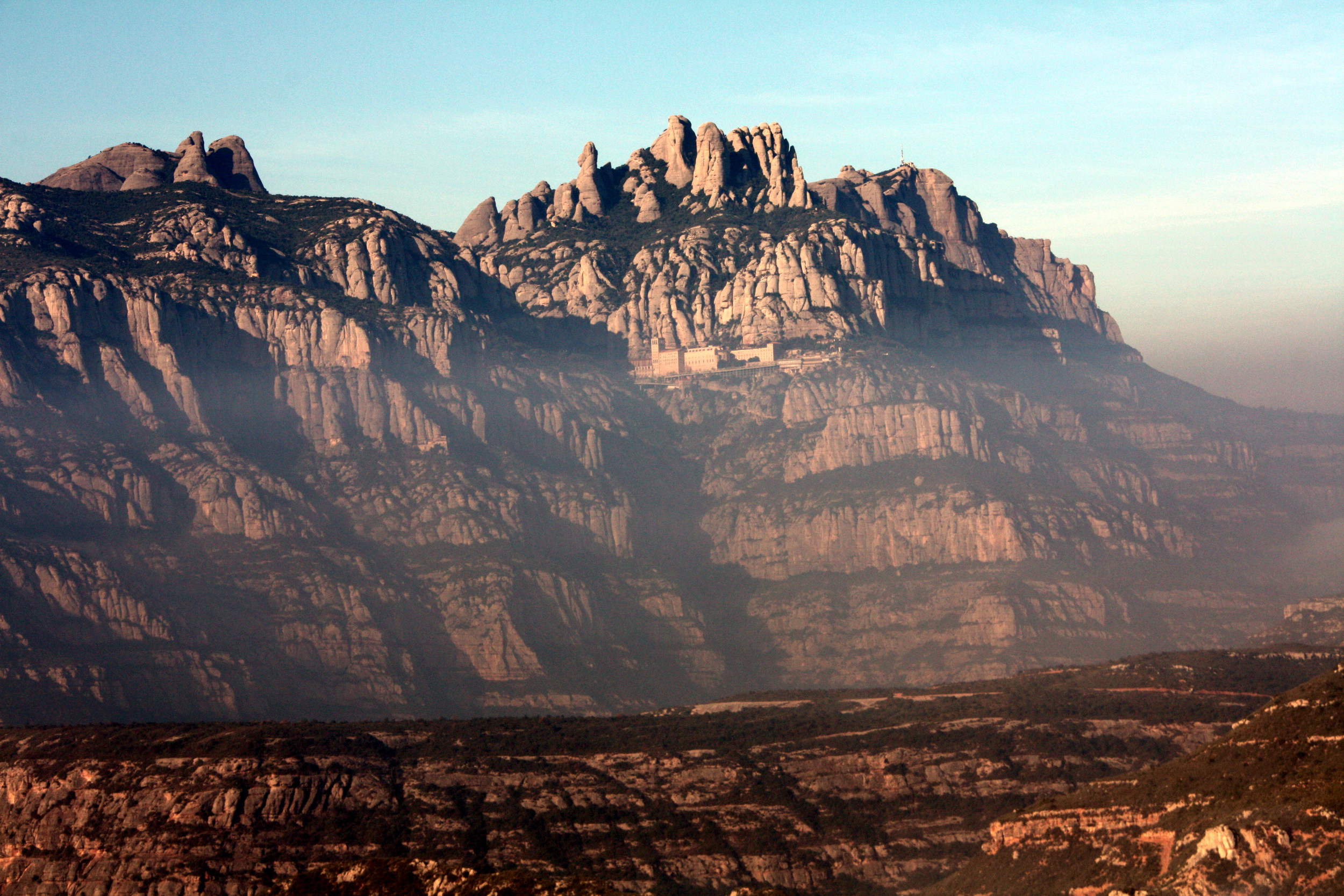
The hotels and rural guesthouses in the country’s central, inland areas are very optimistic about the summer. Rural tourism continues to rise in popularity, with areas like Berguedà, which has a large number of rural houses, expecting to reach occupancy rates of 75% in August, according to Berguedà’s association of rural guesthouses. Meanwhile, the equivalent association in Bages says the area around Montserrat Mountain and its monastery will be its biggest draw, with a notable rise in visitors from the United States.
In the area of Osona, with the city of Vic at its centre, forecasts also suggest a good summer ahead, especially in terms of last-minute reservations, with the local association of rural guesthouses expecting similar rates to last year. Meanwhile, the same organization in Alta Anoia, which includes Igualada and Calaf, is looking forward to welcoming largely local visitors, especially from the Barcelona area, and above all at the weekends.
Tarragona
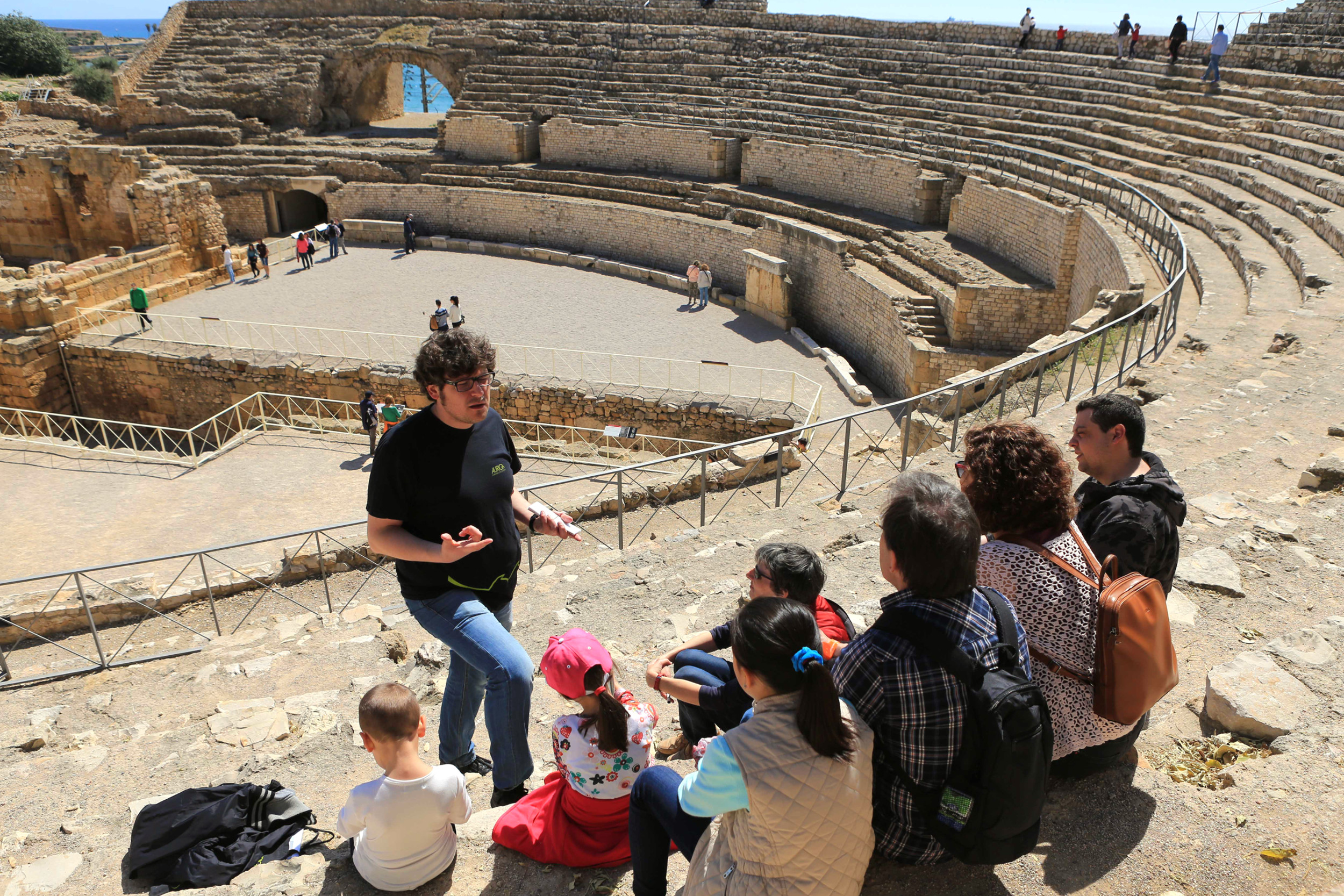
Costa Daurada, home to the major seaside resort of Salou, is the epicentre of summer tourism in the southern region of Tarragona, with the new season beginning with more than five million overnight stays since the beginning of May, a 5% rise over the same period last year. According to the Costa Daurada hoteliers association, which provided the above figures, all the tourist markets have grown, especially the German market, with also more visitors coming from Eastern European countries.
The association is also concerned by the return on the market of Mediterranean destinations, such as Turkey, Egypt and Tunisia, which can all offer highly competitive prices due to the low cost of labor in these countries. The association says it does not want to enter into a price war, and will instead aim to stress quality over price while encouraging tourism at other times of year through the promotion of sporting events, such as the Mediterranean Games taking place in Tarragona from June 22 to July 1.
Girona
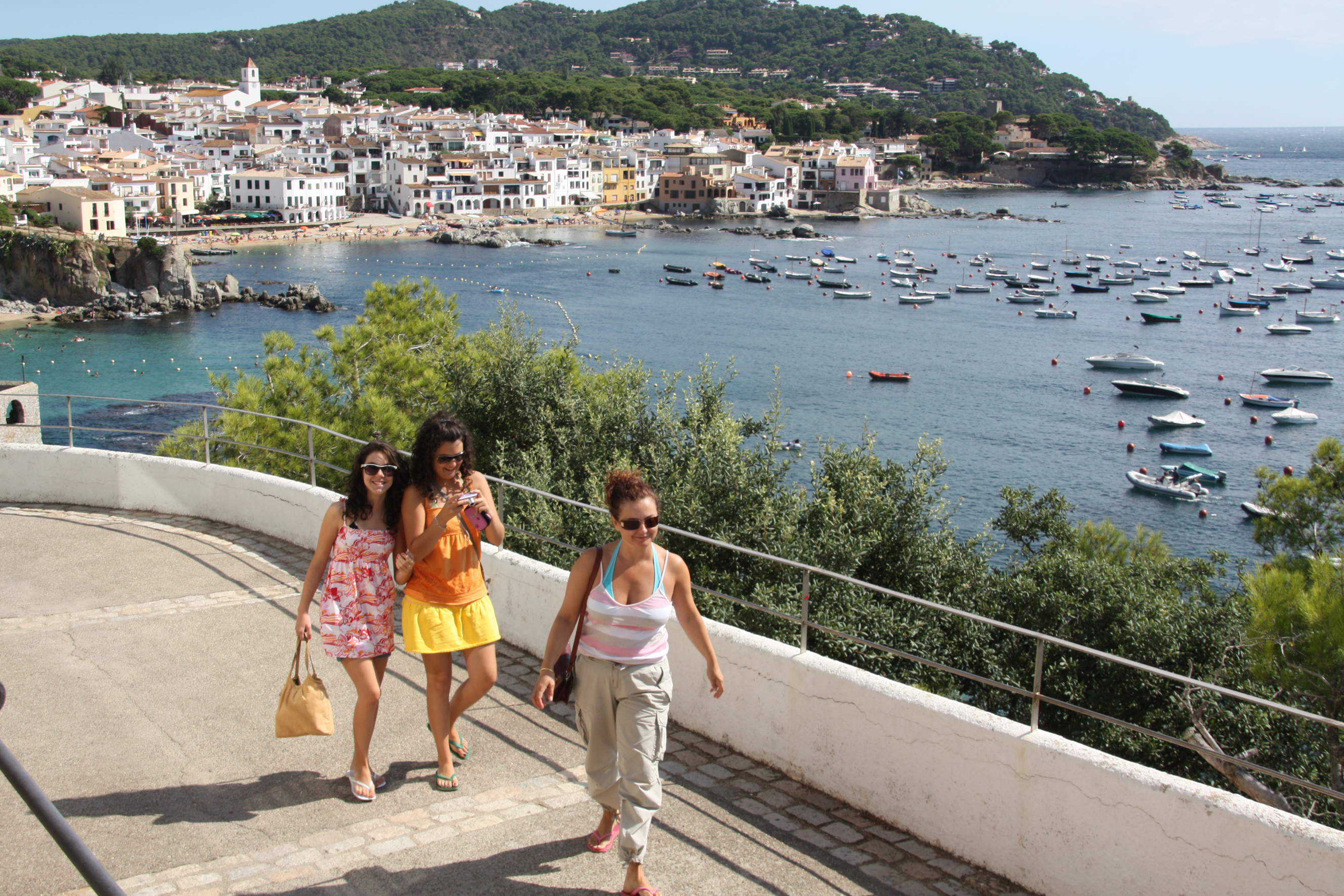
In Catalonia’s northern region of Girona, home to the famous Costa Brava, the tourism sector is preparing for a busy summer. Reservation rates are so far positive, with the Girona hoteliers’ association currently preparing its forecasts for July and August. Meanwhile, other organizations, such as the association representing Girona’s tourist apartment sector, say “the feelings are good” and they expect the trend of the past few years to continue, with a slow July but with business picking up in August and going on into September.
Girona also has a strong rural tourism sector, and reservations for July in coastal areas, such as Alt and Baix Empordà, currently stand at 75%, which is expected to rise to 85% in August. Meanwhile, in the area’s inland regions occupancy rates are expected to be lower, between 50 and 80%, although in both cases last-minute reservations are expected to boost the final figures. As for the camping sector, Girona’s campsite association says it is “optimistic” about the summer, with occupancy rates expected to reach 95% at the height of summer.
Lleida
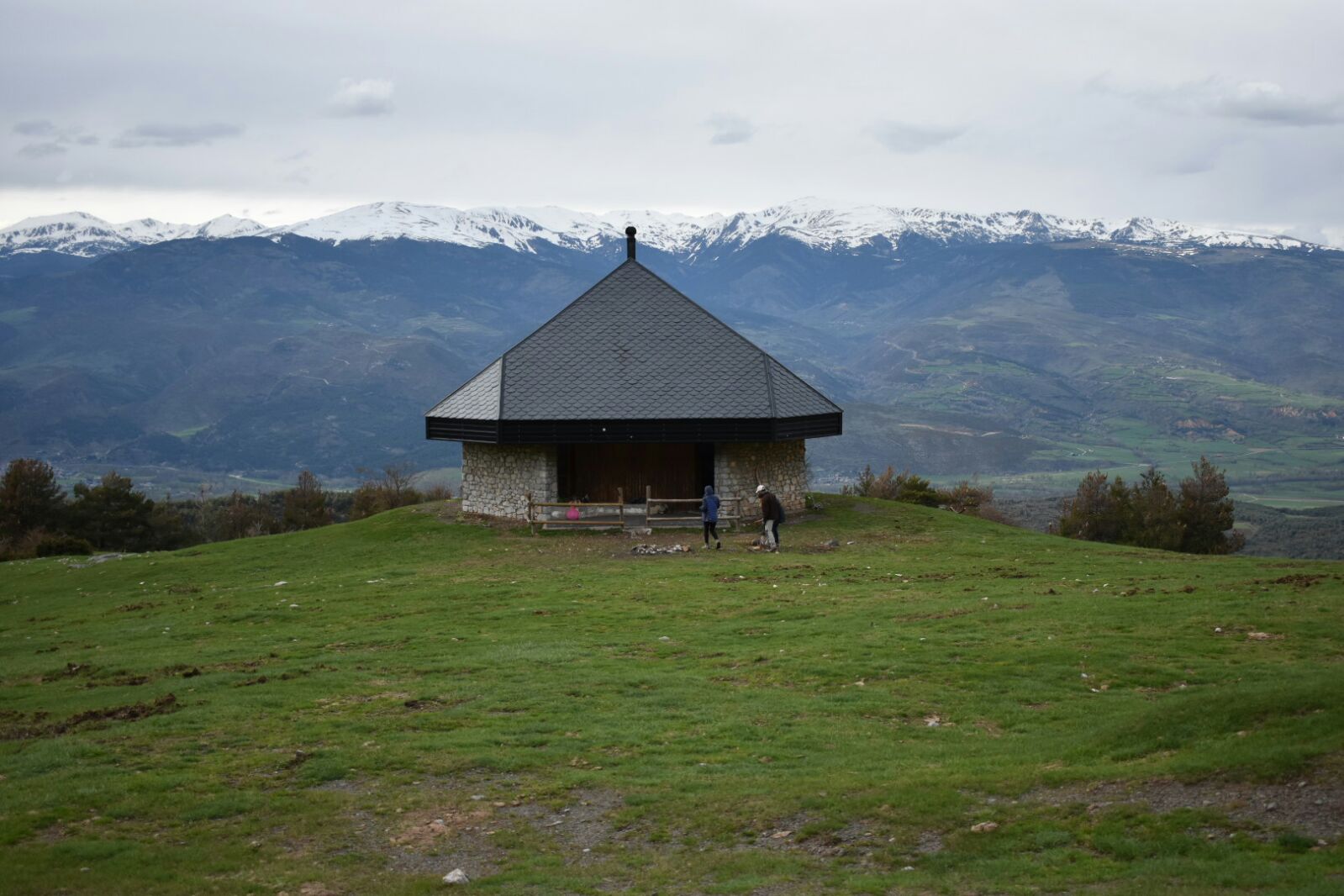
Inland, in the west of Catalonia, is the Lleida region, home to the city of the same name and popular with visitors looking for outdoor pursuits due to its easy access to the Catalan Pyrenees. Its tourism association forecasts a repeat of last year, when the area attracted 610,000 visitors, clocking up more than 1,750,000 overnight stays. The area is also expecting to again attract large numbers of visitors from abroad, as last year some 17% of all visitors to the area were foreign. Meanwhile, August will be the busiest month, when occupancy rates are expected to go from 80 to 95% at their height.